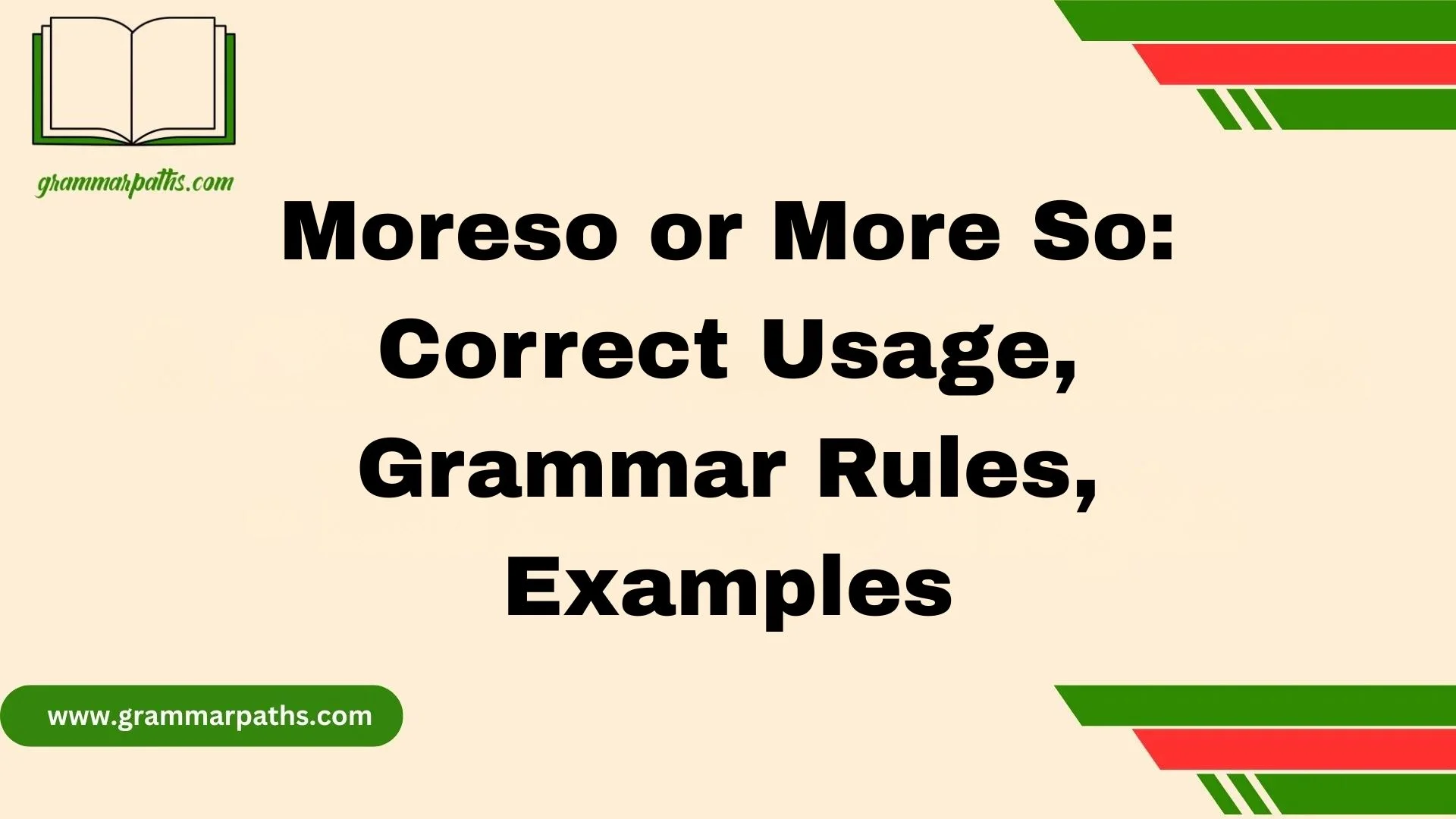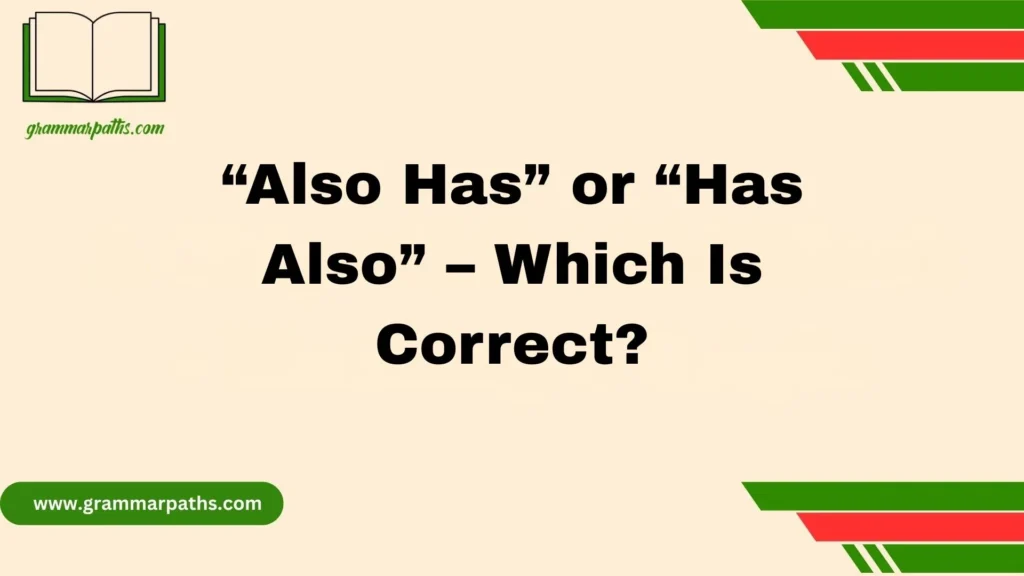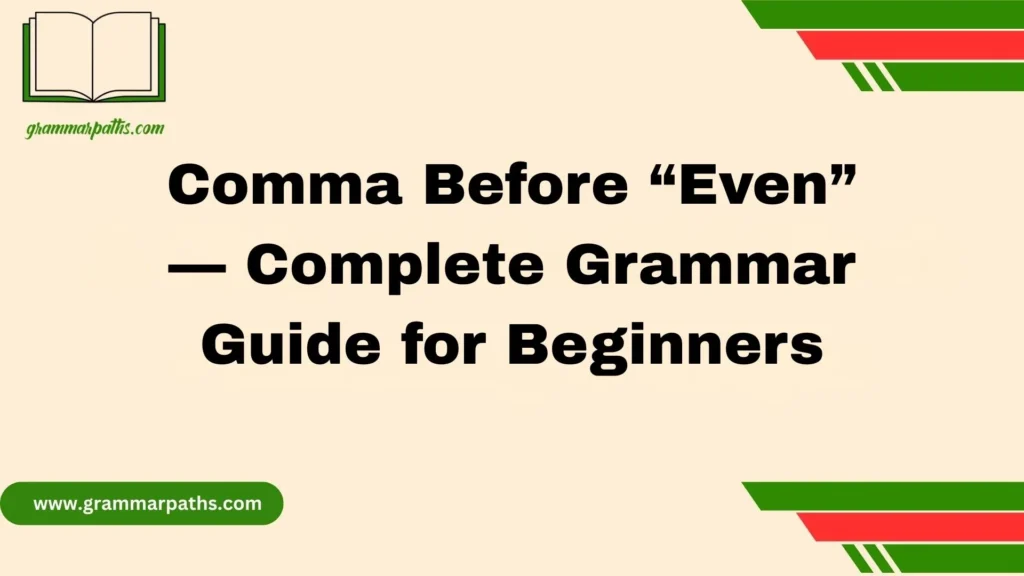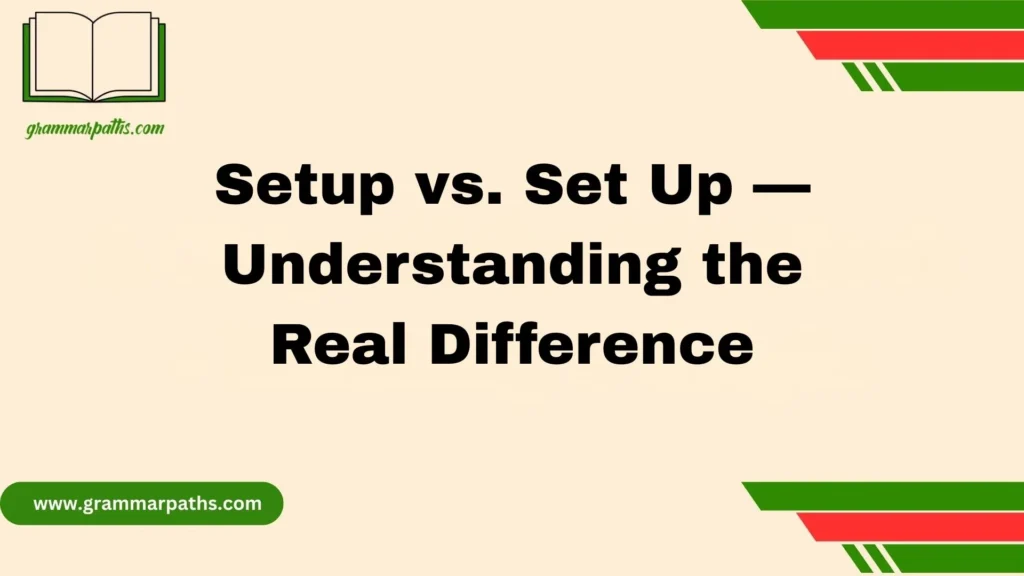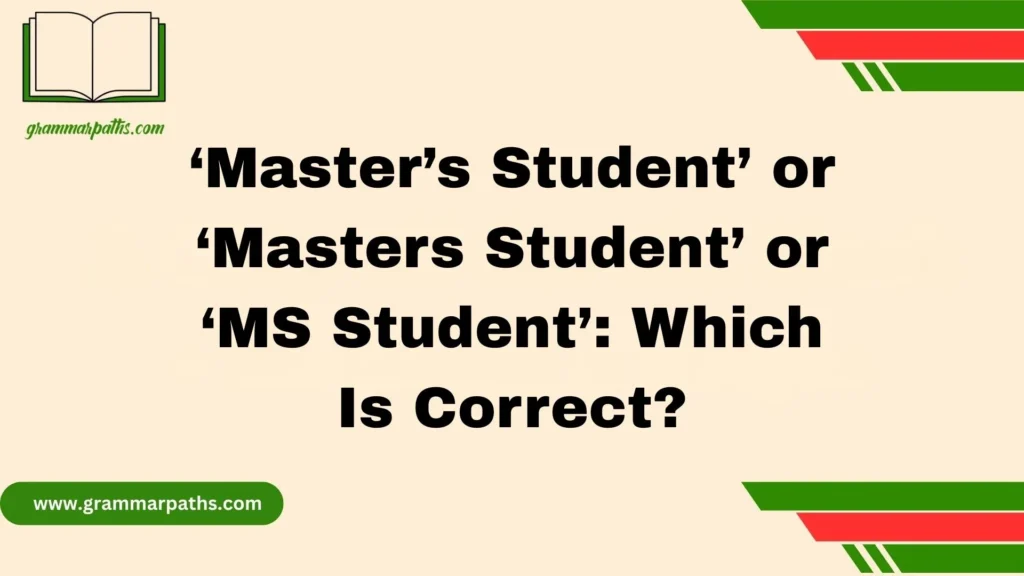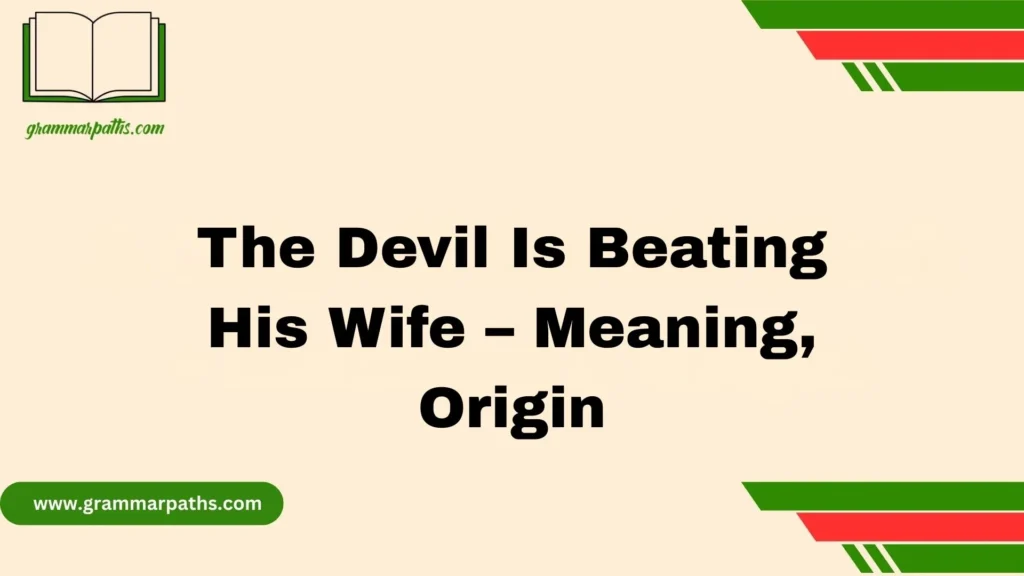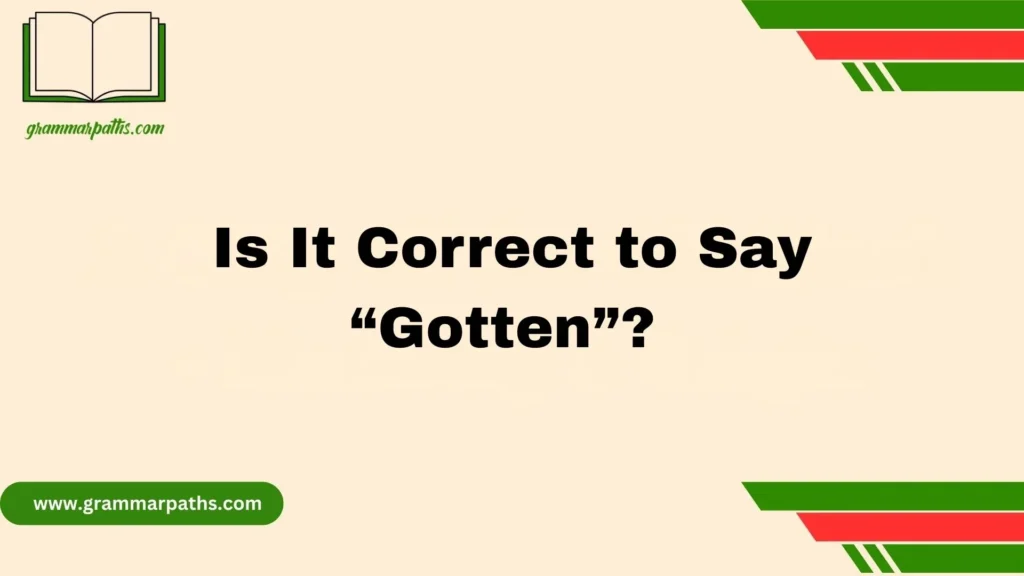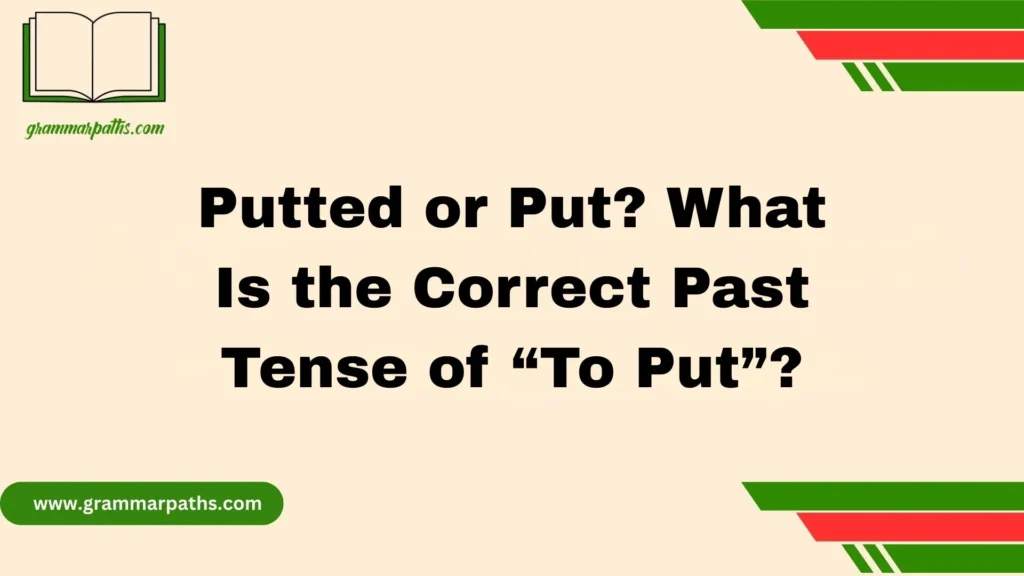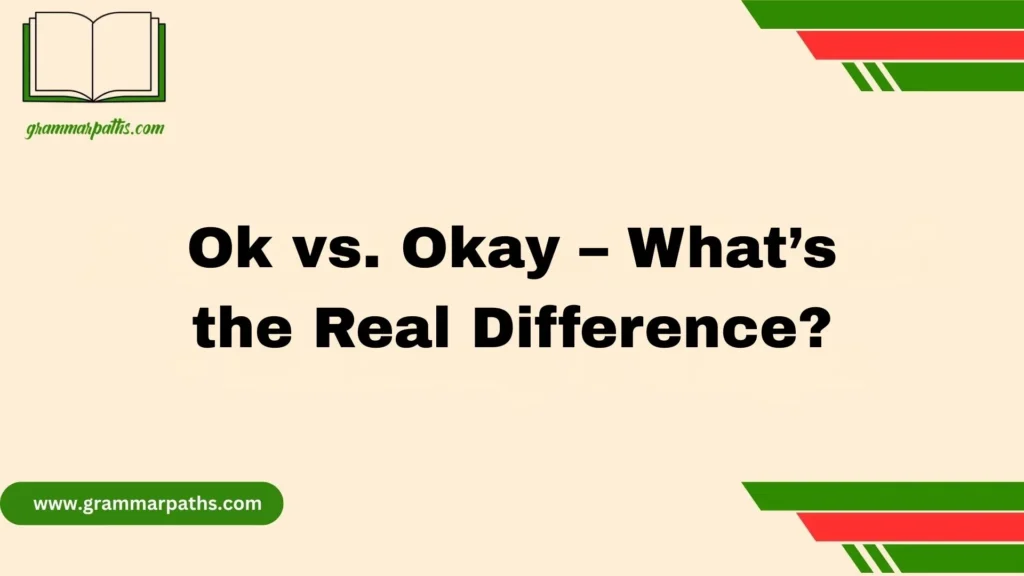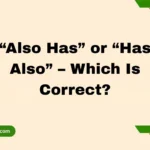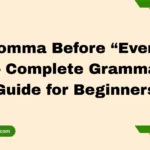I remember the first time I paused mid-sentence, unsure if I should write moreso as one word or more so as two words. That little hesitation pushed me to find a guide, explore the correct spelling, show myself plenty of examples, and even compare this phrase with controversial spellings like color vs colour or favor vs favour. By the end, I grew more confident choosing the right form every single time. Moreso or More So: Correct Usage, Grammar Rules, Examples – this line sums up the lesson I wish I had earlier.
Though the phrase has been conventionally spelled as two words, the one-word moreso gained ground in the late 20th century and still continues to appear, despite disapproval from some authorities. When I checked major dictionaries like the Oxford English Dictionary, I noticed how it lists the standard form, while the OED calls moreso a chiefly U.S. variant. These tiny details reminded me that usage, spell check, and even cultural preference often shape what we accept as normal in language.
Over time, I learned that more so strictly means to a greater degree, often recalling an adjective or adverb from an earlier sentence. In one class, Gina and Eleanor once argued about this crucial element, debating if the sense and function should work separately. For me, those cases where the choice felt difficult to justify became the most valuable lessons. They taught me that even a studious approach to a phrase must allow room for change, less rigid rules, and equally important instances where meaning adapts with context.
Understanding the Debate: “Moreso” vs “More So”
At first glance, moreso and more so look almost identical. The difference comes down to a space, but that tiny gap changes everything.
- “More so” is widely accepted in both American and British English. It means to a greater degree or in a similar but stronger way.
- “Moreso” is often flagged by editors, spellcheckers, and grammar tools as incorrect.
The debate exists because moreso has appeared in informal writing for decades, and its usage has increased in online spaces. However, dictionaries and grammar authorities consistently mark it as nonstandard.
Correct Spelling: Why “More So” Is the Standard Form
The correct spelling is two words: “more so.” Style guides such as The Chicago Manual of Style and Merriam-Webster’s Dictionary of English Usage agree on this.
Why? Because so functions as a pro-form (a word that replaces a previous idea). For example:
- “She is talented, but her sister is more so.”
Here, so refers back to talented. If you merged the words into moreso, the sentence would lose clarity and break the grammatical structure.
Is “Moreso” Ever Acceptable in English?
Here’s the truth: while moreso is not standard, it does show up in informal writing, particularly online and in creative works. Some readers may not even notice it, while others might see it as a typo.
Acceptable? Only in informal digital contexts—like texting, casual blogging, or social media—where readers expect looser grammar. In academic papers, professional emails, or published works, using moreso will likely hurt your credibility.
Quick tip: If in doubt, always choose “more so.”
Historical Development of the Term
Interestingly, moreso isn’t brand new. According to the Oxford English Dictionary, variations of the word have popped up since the late 20th century. Its rise coincided with the growth of online communication where informal spellings spread quickly.
However, in published works from the 19th and early 20th centuries, “more so” dominates overwhelmingly. The digital era, with texting and social platforms, gave moreso visibility—but not legitimacy.
Comparing “Moreso” with Other Controversial Spellings
The English language has many spelling debates. Consider these comparisons:
| Controversial Form | Standard Form | Notes |
| Alot | A lot | Alot is never correct, but common online. |
| Irregardless | Regardless | Considered nonstandard, but used informally. |
| Anyways | Anyway | Informal in speech, not recommended in writing. |
| Moreso | More so | Informal spelling, not recognized as standard. |
Like these examples, moreso persists because of casual usage, but professionals stick with more so.
Formal vs Informal Writing: Which Version to Choose
The context makes the choice clear:
- Formal writing (essays, reports, professional communication): Always use “more so.”
- Informal writing (blogs, social posts, texting): Moreso might appear, but expect some readers to see it as a mistake.
In the U.S., employers, teachers, and editors value standard English, so relying on moreso could weaken your message.
Examples of Correct Usage in Sentences
Let’s see how “more so” works in action:
- She enjoyed the concert, and her brother did more so.
- The project was challenging, more so than last year’s assignment.
- He admires his mentor, but even more so his grandmother.
Notice how so always refers back to an earlier word or phrase. That’s why the space matters—it signals the grammatical connection.
Common Mistakes and How to Avoid Them
Writers often slip up by:
- Treating more so as one word.
- Using it unnecessarily when more alone would work.
Incorrect: He is moreso excited than nervous.
Correct: He is more excited than nervous.
Correct (emphasis): He is excited, more so than nervous.
To avoid mistakes:
- Ask yourself if so is referring back to something.
- If it’s not, you don’t need more so at all.
The Role of Anaphors and Stylistic Emphasis
The phrase more so works as an anaphor, a grammatical device where one word stands in for another.
Example:
- She loves hiking. He loves it more so.
Here, so refers back to loves hiking. Without the space, this function disappears. That’s why linguists view moreso as incorrect—it breaks the reference chain.
Regional Preferences: U.S., U.K., Australia, and Beyond
English varies worldwide, but when it comes to “more so” vs “moreso,” there’s surprising agreement.
- United States: “More so” is standard. “Moreso” is considered an error.
- United Kingdom: Same as the U.S.—editors reject moreso.
- Australia & Canada: Follow U.K. and U.S. trends; “more so” is correct.
Unlike other spelling differences (color vs colour, analyze vs analyse), there’s no regional acceptance of “moreso.”
A Linguistic Look: Why “More So” Sounds Natural
When you say “more so” aloud, the pause between the words mirrors how the grammar works. The separation gives clarity, allowing the listener to track the comparison.
With “moreso,” the natural pause disappears, and the phrase feels rushed or unclear. Linguists argue this is why “more so” has held its ground as the correct form.
Grammar Tips from Experts and Style Guides
- Merriam-Webster: Lists moreso as a variant but warns it is nonstandard.
- Oxford English Dictionary: Recognizes usage but labels it informal.
- Chicago Manual of Style: Recommends more so for all professional contexts.
- AP Stylebook: Same—editors should correct moreso to more so.
Expert tip: If you’re submitting work for school, business, or publication, always stick to “more so.”
Synonyms and Alternatives to “More So”
Sometimes, avoiding confusion is easier if you replace the phrase with a synonym:
- Even more
- To a greater extent
- All the more
- All the better
Example:
- Instead of “She was moreso determined than before,” write “She was even more determined than before.”
The Impact of Digital Communication on Word Choice
Social media, texting, and forums have fueled the rise of nonstandard spellings like moreso. In fast communication, writers don’t always pause for grammar. Over time, these forms spread.
But history shows that digital popularity doesn’t guarantee acceptance. For instance, alot remains wrong despite decades of informal use online.
“Moreso” in Pop Culture, Marketing, and Media
You might stumble on moreso in song lyrics, ad campaigns, or TV dialogue. Creative fields sometimes embrace informal language for effect.
However, advertisers and journalists usually avoid it in print, knowing readers expect professional grammar. Spotting moreso in media often signals a deliberate stylistic choice—not an endorsement of correctness.
A Table Comparing “Moreso” and “More So” in Context
| Context | “Moreso” | “More So” |
| Academic paper | ❌ Rejected | ✅ Correct |
| Professional email | ❌ Looks unprofessional | ✅ Standard |
| Social media post | ✅ Informal use | ✅ Preferred |
| Published book | ❌ Unlikely to pass editing | ✅ Accepted |
| Text message | ✅ Casual use | ✅ Clearer choice |
Professional Writing Standards: Academic and Corporate Perspectives
In the U.S., academic and corporate writing demand precision. Professors, managers, and editors expect correct grammar. Using moreso could:
- Lower your grade in a college paper.
- Make a job application look careless.
- Hurt the clarity of your professional report.
Businesses value communication that’s clear, standard, and trustworthy. That’s why sticking with more so is always the safer choice.
How Spellcheckers and Autocorrect Affect Word Choices
Most modern tools—Microsoft Word, Grammarly, Google Docs—flag moreso as a mistake. They automatically suggest “more so.”
This reinforces the idea that moreso is nonstandard. If you’ve ever been corrected by autocorrect, you’re not alone—it’s built into the language settings.
Avoiding Redundancy: Using “More So” for Clarity
Writers sometimes overuse more so when a simpler form works. Compare:
- He was moreso tired than usual. (wrong)
- He was more tired than usual. (better)
- He was tired, more so after the long flight. (correct emphasis)
Rule of thumb: Use more so only when emphasizing a comparison that has already been made.
The Future of Language: Could “Moreso” Become Accepted?
Language evolves. Words like selfie and emoji went from informal slang to dictionary entries. Could moreso follow?
Possibly—but not soon. Dictionaries still label it as nonstandard, and professional style guides show no signs of changing their stance. Unless moreso becomes dominant in published works, it will remain an informal variant.
Real-Life Examples: Famous Quotes and Contexts
While famous writers rarely use moreso, “more so” appears across literature and speeches. For example:
- “We are shaped not only by what we inherit but more so by what we choose to create.” —Adapted from leadership writing.
- “Hope is necessary in every condition of life, but more so when misfortunes press hard upon us.” —Famous proverb adaptation.
These examples show why more so carries rhetorical power in formal English.
Quick Reference Table: Safe Choices for Writers
| Situation | Safe Choice | Avoid |
| Academic essays | More so | Moreso |
| Professional reports | More so | Moreso |
| Blogging | More so | Moreso (unless casual) |
| Social posts | More so (preferred) | Moreso (casual) |
| Everyday speech | Either is fine | — |
Practical Writing Tips to Master “More So”
To make your writing stand out and stay correct:
- Default to “more so.” It’s always safe.
- Use it for emphasis, not substitution.
- Check your context. Formal writing = no moreso.
- Lean on synonyms. If more so feels clunky, try even more or to a greater extent.
- Let clarity lead. If the phrase confuses your sentence, rewrite it.
Final Thoughts
Looking back, it’s clear that the debate over moreso and more so isn’t just about a spelling choice—it’s about how language adapts across time, culture, and usage. While some authorities label one form as incorrect, real-world writing shows that both versions carry meaning. What matters most is knowing the rules, trusting expert advice, and choosing the form that keeps your message clear. With practice and examples to compare, you’ll gain confidence in picking the right form without hesitation.
FAQs
Q1: Is “moreso” wrong to use in formal writing?
A1: It’s not technically “wrong,” but major dictionaries like the Oxford English Dictionary recommend more so as the standard.
Q2: Why does “moreso” appear so often in U.S. writing?
A2: The OED calls it a chiefly U.S. variant, and cultural preference plus digital usage has helped it gain ground in recent decades.
Q3: Can “more so” and “moreso” change the meaning of a sentence?
A3: The phrase itself usually means “to a greater degree,” but more so is clearer, especially when the context involves an adjective or adverb.
Q4: Which spelling should I use for academic or business writing?
A4: Always choose more so, since it’s the correct spelling listed in trusted dictionaries, making it the safer option.
Q5: Are there other controversial spellings like this?
A5: Yes, examples include color vs colour and favor vs favour, which highlight how grammar, rules, and history shape preferences.

Emma Brooke is a passionate language expert and contributor at GrammarPaths.com, where she helps learners navigate the complexities of English grammar, idioms, and effective writing. With a strong academic background and years of teaching experience, Emma excels at turning tricky grammar rules into simple, practical lessons that readers can easily grasp.
